
Cost
How Much Does a Bathroom Addition Cost?
09.26.2025

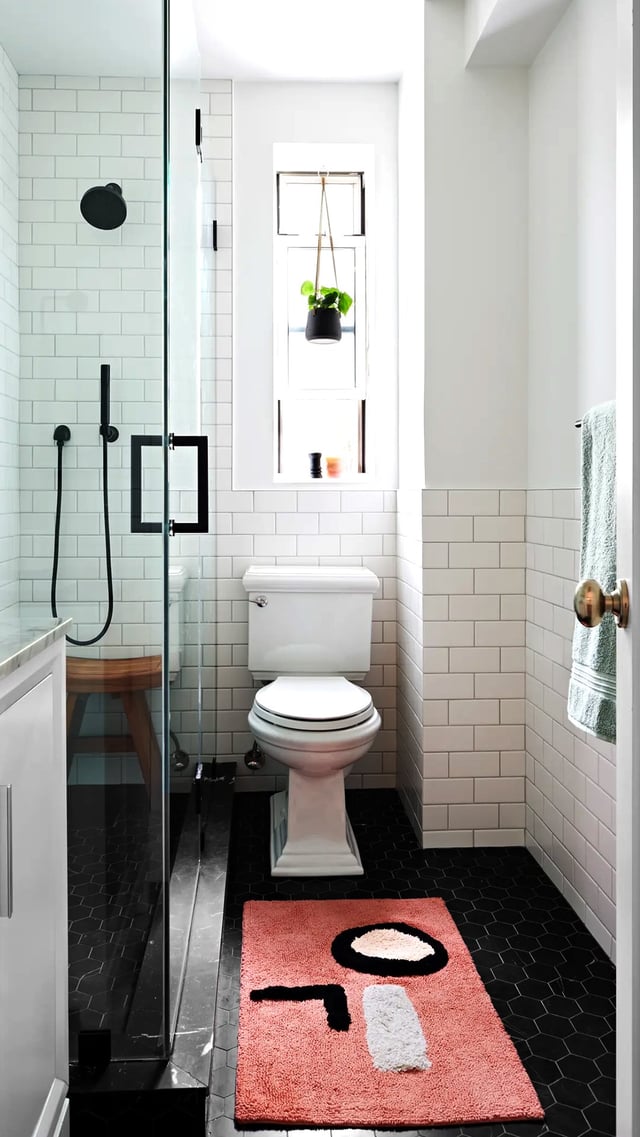
In This Article
Dealing with an old, malfunctioning toilet is a nuisance most homeowners encounter at some point. Whether it's a toilet that runs incessantly, a seat that wobbles uncomfortably, or just a dated design that consumes too much water, these signs signal it might be time for an upgrade. Deciding to replace your toilet brings up immediate questions about costs and options. Understanding the expenses involved—from purchasing a new toilet to the nitty-gritty of installation—can help you budget effectively and choose the right upgrade for your bathroom.
Turn your renovation vision into reality
Get matched with trusted contractors and start your renovation today!
Find a Contractor
Before anything else, let's first understand and break down what contributes to the cost of replacing your toilet:
The cost of a new toilet varies widely based on the type, brand, and features.
Basic two-piece models can start as low as $90, while high-end options like smart toilets with features like bidet functions, automatic lids, or self-cleaning technology can exceed $1,500. Mid-range choices typically cost between $200 to $400.
These prices reflect only the cost of the toilet unit itself and do not include installation fees.
The labor cost for installing a toilet can range from $150 to $450 on average, but it can increase based on the complexity of the job and local labor rates.
The basic labor usually includes removing the old toilet, installing the new one, and connecting it to existing water and drain lines.
The process generally takes between one to three hours if no unforeseen issues arise.
Additional supplies needed for toilet installation may include a wax ring, mounting bolts, and possibly a new supply line if the existing one is not reusable. These supplies typically cost between $15 to $50. Some installations might also require new flange or minor adjustments to the plumbing which can slightly increase the cost.
Disposing of the old toilet typically incurs a fee ranging from $50 to $200. This cost covers the labor and logistics involved in removing the toilet and disposing of it in accordance with local regulations, which may include recycling parts or landfill usage. Some municipalities require specific disposal methods which can affect the cost.
Replacing a toilet involves both predictable costs like the toilet itself and labor, as well as variable costs that can arise from unforeseen complications such as plumbing issues or the need for additional supplies. It's advisable to budget slightly more than the estimated costs to cover any unexpected expenses. Hiring a professional can ensure the installation meets local building codes and is performed correctly, potentially saving money on future repairs caused by improper installation.
Design a Home That’s Uniquely Yours
Block can help you achieve your renovation goals and bring your dream remodel to life with price assurance and expert support.
Get Started
Labor, supplies, and the factors we mentioned above aren't everything when assessing your toilet's replacement cost. Here’s an additional breakdown of some critical factors:
The brand of toilet you choose can significantly influence the cost. Budget-friendly brands might offer basic models starting around $100, while premium brands can feature toilets costing upwards of $1,200 or more, especially if they include advanced technologies or custom designs. Brands like Toto, Kohler, and American Standard are known for offering a wide range of options from economical to high-end luxury models.
Adding a bidet to your toilet setup can enhance hygiene and comfort. Costs for bidet installations vary greatly depending on whether you opt for a standalone unit, a toilet with a built-in bidet, or a simple bidet attachment. Standalone and built-in bidets are generally more expensive, sometimes reaching up to $5,000, due to additional plumbing and features like warm water. Attachments are less expensive and can be a cost-effective way to acquire bidet functionality.
Replacing or repairing flooring as part of a toilet installation can increase costs, particularly if unexpected damage is discovered once the old toilet is removed. Water damage from leaks often necessitates floor repairs or replacement, which can cost between $8 and $24 per square foot. Ensure any damaged flooring is addressed before installing a new toilet to maintain structural integrity and aesthetics.
If you’re installing a wall-mounted toilet or find damage from leaks, drywall repairs may be necessary. The cost for drywall repair can range from $50 to $100 per square foot. Additionally, if the repair area is extensive or if aesthetic consistency is a priority, repainting might be required, adding to the total cost. These additional factors underscore the importance of thorough planning and budgeting when replacing a toilet. Considering these elements ahead of time can help prevent unexpected expenses and ensure a smoother installation process.
A wobbling toilet is often a sign of an insecure foundation, which could be due to loose bolts or a deteriorated flange. While tightening the bolts can sometimes solve the issue, persistent wobbling might indicate a more serious problem that requires toilet replacement.
Cracks in the porcelain of the toilet can lead to water leaks and structural failure. Small cracks can quickly turn into larger problems, especially if they are located in the tank or bowl. It's essential to replace the toilet if you notice any significant cracking to prevent water damage.
Leaking can occur from various parts of the toilet, such as the base, tank, or water supply line. Continuous leaking not only wastes water but can also damage your bathroom flooring and sub flooring. If repairs do not resolve the leaks, it's time to consider a replacement.
A toilet that constantly runs can waste an enormous amount of water, increasing your bills. This issue is often related to a faulty flapper or fill valve. While some of these components can be replaced, ongoing issues might suggest it's more cost-effective to replace the toilet entirely.
If your toilet clogs frequently, despite regular cleaning and maintenance, it could be due to an inherent flaw in the toilet's design or an issue with the plumbing. Older toilets or those with low flush power often experience this problem, suggesting that a replacement might be necessary.
The lifespan of a toilet can vary, but many last around 10 to 15 years. If your toilet is older, it may start to experience multiple issues such as inefficiency in flushing, frequent repairs, or outdated components. Replacing an old toilet can also offer more efficiency and better functionality.
Toilets that require multiple flushes to clear the bowl or have weak flushing power are not only frustrating but also waste water. Modern toilets are designed to be more efficient, using less water while providing effective flushing power. If your toilet is struggling to perform its basic functions, it might be time for an upgrade.
Recognizing these signs can help you know when to replace your toilet before serious issues arise. Regular maintenance can extend its life, but if problems persist, replacement is usually the most practical and cost-effective solution.
Perfect Every Detail of Your Bathroom

You might be considering a DIY approach to replacing your toilet. If you have the tools and experience, it can be straightforward. However, here's a breakdown of the costs:
The main expense for a DIY installation is the new toilet, which can range from $90 to $1,500 or more, depending on the type and brand. You'll also need additional materials like a wax ring and new supply lines if they aren't included with your toilet purchase.
You'll require tools such as a putty knife, wrenches, and possibly a caulking gun. Basic supplies and tools for the installation can cost around $50 to $100.
When it comes to replacing a toilet, you may be considering whether to tackle the project yourself or to hire a professional.
Choosing between DIY and hiring a professional for toilet replacement depends on your plumbing skills, the installation's complexity, and any necessary modifications. If you go the DIY route, research thoroughly to avoid pitfalls. Hiring a pro offers peace of mind, especially for complex installations or significant bathroom changes.
Here’s a guide to help you decide which option is best for your situation, skill level, and budget.
You Have Basic Plumbing Skills
If you are comfortable with basic plumbing tasks, such as shutting off water lines, disconnecting and reconnecting water supply lines, and can follow detailed installation instructions, DIY might be a viable option.
You Have the Necessary Tools
Ensure you have the essential tools such as a wrench, pliers, screwdriver, and a level. You might also need a sealant and a hacksaw if adjustments are required.
You Want to Save on Labor Costs
DIY installation mainly involves the cost of the toilet and any additional supplies like a new wax ring or bolts, which can save you a significant amount in labor costs that professional plumbers would charge.
You Lack Experience
If you’re not confident in your plumbing skills, hiring a professional is advisable. A poorly installed toilet can lead to leaks, water damage, and more significant costs down the road.
You’re Installing a Complex Model
For advanced toilet models, especially those that require electrical connections like smart toilets or toilets with bidets, professional installation ensures that everything is set up correctly and safely.
The Job Requires Major Alterations
If the toilet installation involves more than just a straightforward replacement, such as moving plumbing lines or modifying the flooring and wall supports, a professional plumber can ensure the job is done right, adhering to building codes and regulations.
Compare Proposals with Ease

Considering the cost and effort involved in replacing a toilet, it's really important to plan carefully.
If you're thinking about updating your bathroom and need professional help, Block offers streamlined services to efficiently manage your bathroom remodel. We provide expert advice, detailed estimates, and quality installation, taking the hassle out of bathroom upgrades.
Check us out and explore how we can assist you in transforming your bathroom into a modern, functional space.
Remodel with confidence through Block

Connect to vetted local contractors
We only work with top-tier, thoroughly vetted contractors

Get expert guidance
Our project planners offer expert advice, scope review, and ongoing support as needed

Enjoy peace of mind throughout your renovation
Secure payment system puts you in control and protects your remodel

Written by Block Renovation
What is the average cost to replace a toilet in 2025?
What factors affect the cost of toilet replacement?
Can I replace a toilet myself to save money?
How long does it take to replace a toilet?
Are there any hidden costs when replacing a toilet?
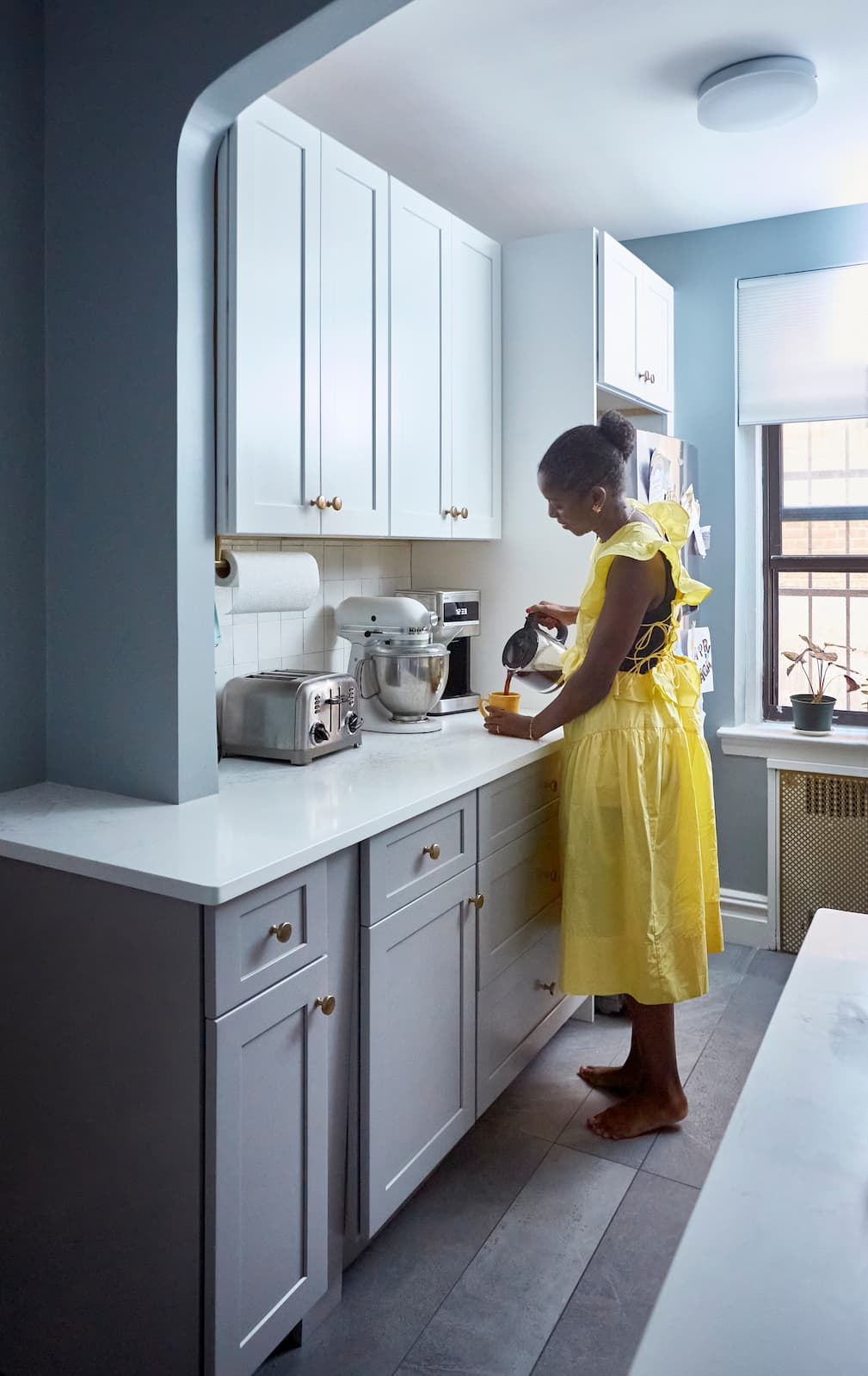
Renovate confidently with Block
Easily compare quotes from top quality contractors, and get peace of mind with warranty & price protections.
Thousands of homeowners have renovated with Block

4.5 Stars (100+)

4.7 Stars (100+)

4.5 Stars (75+)

Cost
How Much Does a Bathroom Addition Cost?
09.26.2025
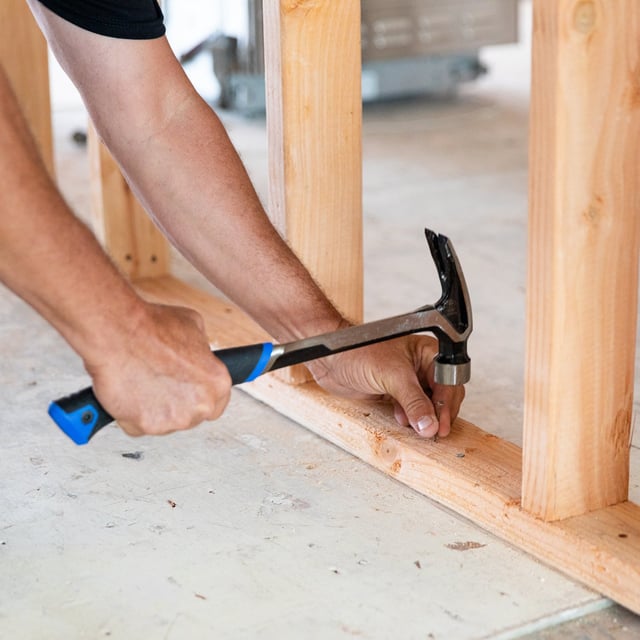
Cost
Calculating the Cost of Your 12x24 Addition
09.18.2025
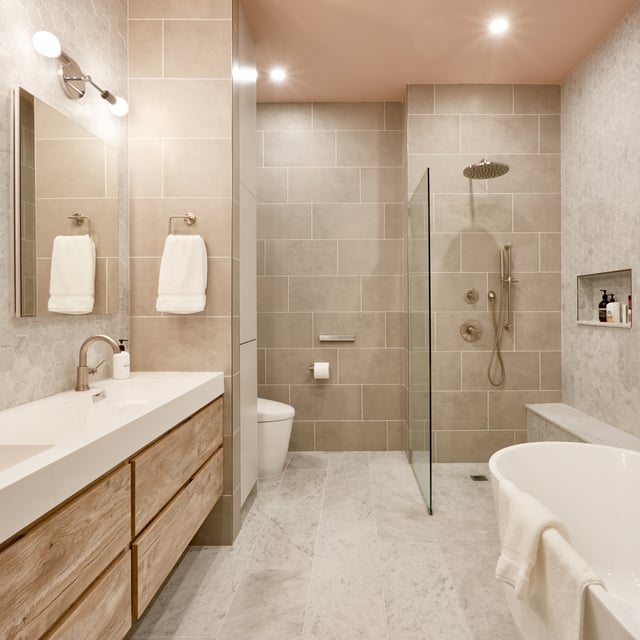
Cost
10x10 Bathroom Remodeling Costs
09.18.2025

Cost
The Average Cost of a Jacuzzi Bath Remodel—and How to Save
09.18.2025
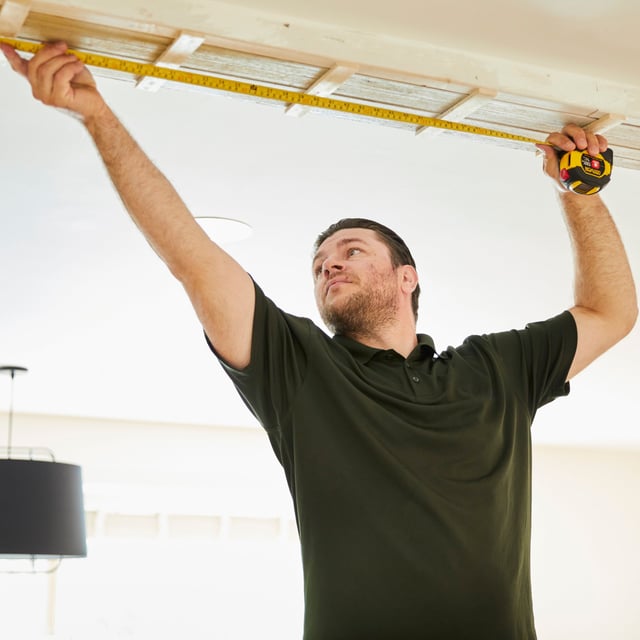
Cost
Ceiling Installation Costs: Repairs & Replacement Pricing
09.05.2025
Renovate confidently